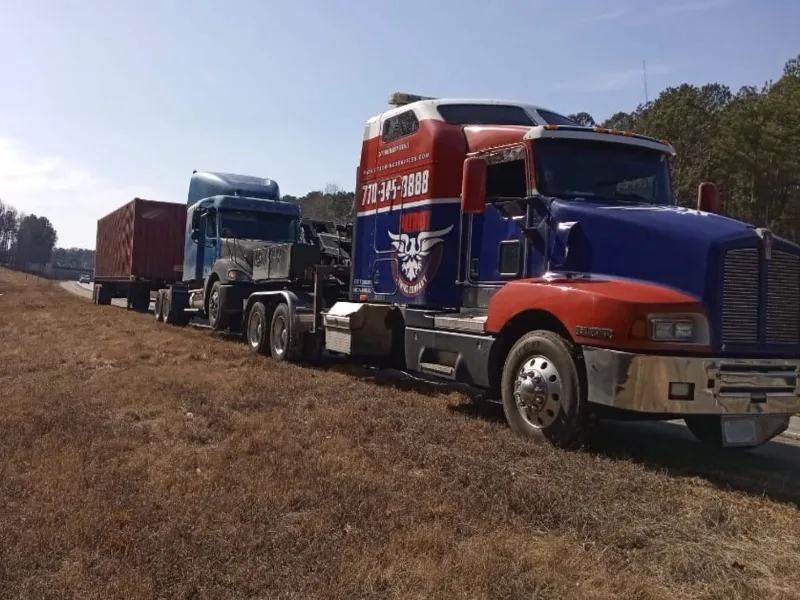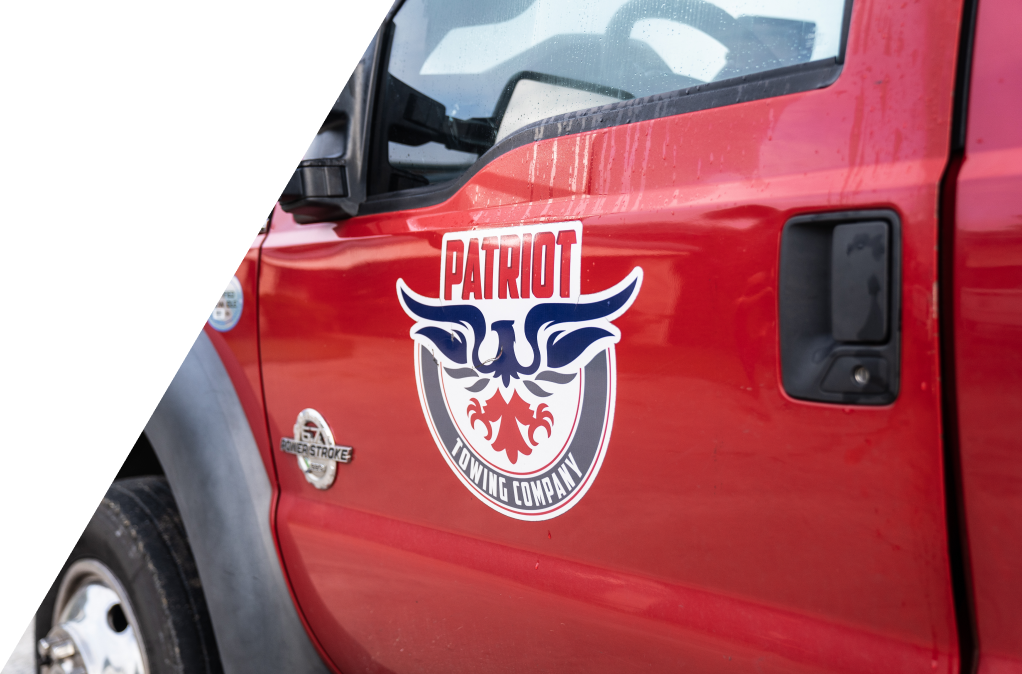
Stopping Shifts Before They Start
It doesn’t take a jackknife or a runaway ramp to know something’s gone wrong inside the trailer. Sometimes it starts with a jolt. A sharp curve. A sudden stop. Then everything in the back slides, leans, or tips. You feel it in the seat. In the wheel. In the way the whole rig pulls against you. Let’s break down why load shifts happen and what steps make the biggest difference in preventing them. If you’re running long hauls or calling for I-75 cargo services, this is information worth knowing.
We don’t see load shifts every day, but we’ve seen enough to understand how they happen and what kind of damage they cause. Pallets tilt and pin rear doors shut. Boxes crush under uneven weight. Liquid barrels break loose and swing like wrecking balls. It happens fast, and fixing it isn’t cheap.

What Causes Load Shifts?
This is basic physics mixed with a lack of preparation. When cargo isn’t secured or distributed correctly, it moves. And once it moves, the truck becomes harder to control.
We’ve responded to situations where:
- A sudden lane change sends a pallet sliding sideways.
- A crate shifts inside a curve and pulls the trailer with it.
- A quick brake causes freight to slam forward.
Even if the cargo stays inside the trailer, a shift can knock out the trailer’s balance, push axles beyond safe limits, or even lead to a rollover. Nearly every I-75 cargo services call involving a load shift has the same cause: someone skipped a step.
How to Prevent Load Shifts
Preventing a load shift isn’t about doing something once. It’s about forming habits that keep things in place mile after mile. These are the basic practices that reduce the risk:
- Distribute weight evenly
Load from front to back and side to side. Uneven weight is harder to control and easier to tip. - Use straps or load bars
Secure everything. Then double-check. A loose anchor point is an accident waiting to happen. - Block and brace
Use blocks or dunnage to fill gaps, especially with partial loads or oddly shaped items. - Listen for movement
If you hear something sliding or knocking while in motion, stop and inspect the trailer. - Inspect during stops
What held tight during the first hour might start shifting on rougher roads or in heavy traffic.
Too often, we see drivers and loaders rushing through the securement process. One missed strap can be the reason a truck ends up calling for I-75 cargo services. It isn’t about bad luck. It’s about attention to detail.
What Happens When Things Go Wrong
When a load shift does happen, the goal is to stabilize and recover without making things worse. A tilted pallet can block the rear doors. A top-heavy load can make even straight driving dangerous. Recovering these loads takes more than muscle.
We start by evaluating the weight distribution and securement failure. Then we decide whether the load needs to be shifted inside the trailer, offloaded, or transferred. We’ve seen it all from spilled drums to jammed liftgates.
The key is knowing how to correct the situation safely without damaging the freight or the equipment. Many I-75 cargo services recoveries take place on the shoulder of the highway, which adds pressure to work quickly and safely.

Patriot Towing: Skilled Support for I-75Cargo Services
Load shifts might not happen often, but when they do, they create real risk for the driver and everyone on the road. If you haul freight through the I-75 corridor and beyond, it pays to know the risks and take every load seriously. From blocking and bracing to inspecting straps and anchors at every stop, the right habits can keep the trailer stable and your cargo safe.
And if you ever do find yourself with a load that has moved, we’re ready to help. Our I-75 cargo services get trucks back on the road with the least amount of delay and damage possible.
Load shifts can be preventable. But when they happen, knowing how to respond is just as important as knowing how to stop them in the first place.







